Ses plages immaculées, son eau turquoise, son métissage culturel, son...
Lire l'articleTrek to the Lost City – Santa Marta
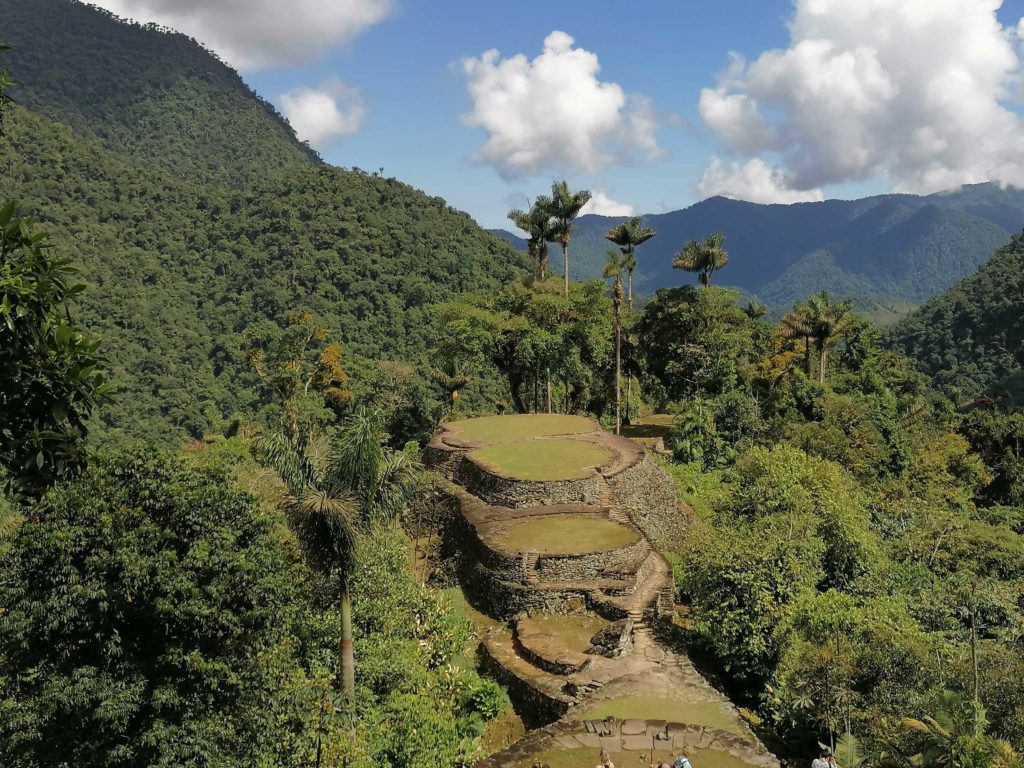
At 1200 m altitude, at the edge of the jungle in the northern Sierra Nevada of Santa Marta, in Colombia,is a single path leading walkers to a sacred site named Ciudad Perdida (Lost City).
This site, declared a national monument by the Colombian government, has become the emblem of ethno-tourism in Colombia.
This ancestral city, built in the year 650 AD, was populated by indigenous communities, "the Tayronas" until the Spanish conquest, which decimated this community. From this extinct civilization there are still a few tribes today, such as the Kogui, Wiwa, Arhuacos and Kankuanos,bearers of this age-old knowledge, who still perpetuate their traditions today. They currently live in great harmony in the Sierra Nevada of Santa Marta and protect it. In their eyes, the lost city is the heart of the world. Indeed, it is at the center of a communication network through a system of slab paths and terraces that served as a connection with the other indigenous cultures of that time, thus allowing the exchange of knowledge and culture. According to them, the archaeological ruins of this ancient city possess a mystical and sacred energy, intended to purify the soul and to recharge the vital energies specific to the renewal of our being.
Sierra Nevada
Sierra Nevada
Sierra Nevada
Sierra Nevada
HOW DIFFICULT IS THE TREK ?
A 4 day trek towards the Ciudad Perdida of about fifty kilometers which turns out to be quite difficult, not because of its technicality, but more because of its specificities. Adventurers must get up at dawn, walk about fifteen kilometers a day on mountainous, steep, heavily muddy terrain. They have to withstand heat, very high ambient humidity, cross rivers, wear damp and stinky clothes, walk for hours in the pouring rain, endure insect bites and so on.
Also be aware that there is 1200 steps to climb to get to the entrance to the Ciudad Perdida site.
Is it made for everyone? No, I strongly advise you to be in good shape. We were 2 groups of 10, 5 gave up and ended up transported by mules. Nor is it jungle survival à la Mike Horn, some people abuse it. No machetes to smash your way through the dense jungle, you just follow a trail. The agencies amazed me with the infrastructures established on site. You sleep in super comfortable beds with mosquito nets, you benefit from real showers that are certainly freezing, real toilets, you enjoy absolutely delicious hearty meals. I was really surprised by the quality of the menus. The age range was from 18 to 55 years old. I have also met older ones on the way. So it is doable if you are good hikers, have a positive mental and a willing to test new experiences.
WHICH AGENCY TO CHOOSE?
I don't think it's possible to do it without a guide.
Wiwa Tours? Why this one? Their reputation is serious but above all, it is the only agency held and managed by the natives. To learn more about this agency, click here
Price: 350 dollars including:
- Transport by van, round trip, from the agency to the start of the ascent.
- 2 native guides for a group of maximum 10 people.
- All meals as well as snacks on the trek
- The night in camps in beds with mosquito nets. Bed linen and blankets provided.
- Entrance to the archaeological park
- Contribution to the Aboriginal community
- Contribution to the farming community
- English/Spanish interpreter
- Travel insurance
CLOTHING & EQUIPMENT: WHAT TO TAKE WITH YOU FOR THE TREK?
Remember that in the jungle it is hot and very humid. So you will sweat a lot. On the contrary, the nights are cool. And sometimes it rains, it rains shepherdess.
Provide a bottle of 2 liters of water that you will fill regularly. Water is provided throughout the trek. Add snacks such as dried fruits, cereal bars.
- For photo enthusiasts, bring a drone and camera.
- Tissues, toilet paper, soap, toothbrush, toothpaste and deodorant.
- Good walking shoes if you have them (I did it in running sneakers having nothing else). Flip-flops to ventilate your feet in the evening.
- A raincoat, leggings, a sweater, light sports clothes, underwear, socks, cap, mosquito repellent, towel, swimsuit, sunscreen, phone with charger, external battery if you have one.
- A little money, there is always a small shop attached to the camp. A little beer in the evening ?
In summary, your backpack will weigh between 7 and 8 kgs.
Tip: there are walking sticks at the restaurant in Mamey. They are available free of charge. Take one! He will be your best friend during these 4 days.
STORY OF AN EXTRAORDINARY ADVENTURE
DAY 1 Santa Marta – Mamey – Camp 1
Meet at the agency at 8:30 a.m. Meeting of the group and the native guide who makes a brief presentation. One hour later, departure by van to Mamey. The trip lasts about 2 hours during which everyone chats, gets to know each other. On arrival, we have lunch to gain strength and be ready for the start of the trek. I grabbed a walking stick on the way. I will definitely need it.
The big moment has arrived. And here we go for The Best Trek in South America. This 1st day is above all a warm-up. We walk 7.6 kilometers at an altitude of 450 meters.It climbs quite a lot but the path is good, no difficulty in particular. A Colombian couple is out of breath and already struggling. I tell myself that they are going to drool over it. After 4 hours of walking, we reach our 1st camp, the Cabane Vista HermosaIt is an open set with a hard floor and a sheet metal roof. The whole houses bunk beds aligned face to face, thus forming a long corridor. Each bed has a mosquito net. The instructions are women downstairs and men upstairs. And above all, check your shoes when you wake up before putting them on because you could find a snake or a spider in them. Showers in hard very very cold. Clearly we are not lingering. Wow! There is even electricity thanks to a generator. The meal is very filling and really good. It is therefore with great joy that everyone tastes their plate while discussing and laughing. The ambiance is good. The guide explains the program for the next day. Lights out at 9 p.m. That night, we were all awakened by the rather loud cry of an animal. I go back to sleep immediately. The day after, with Estelle, we hear the morning discussions in disbelief. Some of our group are convinced to have heard a bear, for others a horse. Dumbfounded, we start the day dead laughing telling everyone that it was simply a cow. Enormous !🤣
Day 2 Camp 1 – Camp 2
Up 5am. Breakfast at his best ! The guide reminds us that we are leaving for a day's walk of about 10 hours. We will travel 14,7 kms to reach the next native camp, Paso Lorenzo Hut, located at altitude of 830 meters. Here in this cabin we will be very close to the Lost City (Teyuna), Sacred City for the indigenous communities of the Sierra Nevada.
Departure 6am. We attack in a good mood. Over time, the group spreads out along the path. Breathtaking landscapes follow one another. I take countless photos, it is incredibly beautiful. We pass near an indigenous community, the Kogui meaning “jaguar”, descendants of the Tairona culture. For those who wish to know more, I tell you about it a little further down in the “did you know? It is magic. Before going to lunch, we will swim in the Buritaca River. The water is cool, the weather is nice, lying like lizards on a huge rock placed there in the middle of the water, we take full advantage of this moment of relaxation. Meanwhile, our things are drying in the sun, hanging from wires. After lunch, we take the road again, which is darkened by rather threatening clouds. After a short fruit and coffee break, we put on huge garbage bags to protect ourselves. Cloudbursts are falling. This last part is really difficult. In the pouring rain, we sink into thick mud, walk on very slippery ground. Our steps are heavier and less assured. During 1h30, we face the pangs of nature by going up and down steep slopes. Suddenly, I see the camp. Yes, what happiness ! Follows a short shower because freezing. Yes at this point we are past the word cold. We sit down, each tells what he saw during the day, remembers the moments of frank laughter. We were fed up with a meal that was still just as good. The group is in emulsion. The conversations fuse, the giggles too. We spend a great evening ... well deserved. Our guide, indigenous, tells us about 'Teyuna', the Lost City and its sacred meaning for the indigenous peoples of La Sierra Nevada. He shares with us the history and customs of the native communities. It is exciting ! 9 p.m. in bed. Accustomed to the sounds of the jungle having lived there several times, I sleep like a baby.
DAY 3 Camp 2 – Ciudad Perdida – Camp 2 – Camp 3
Up 4:45 a.m. Fatigue is felt. The body accuses the efforts of the day before. I am still so motivated. I devour my breakfast, incredible the calories I swallow. During the day, I eat homemade cereal bars that are on sale in the various camps because there is always a small shop nearby. It is that we also appreciate our evening beer. Soon the departure for this day which promises to be also muscular. We put on our soaked sneakers from the day before which could not dry in this ambient humidity. The nights being cool, these are cold. Not easy to start the day like this but we are motivated because very close to the Lost City; this is the most spectacular route.
Departure 5:45 a.m. We walk a little, cross the river in groups of 2 in cages provided for this purpose. Exhilarating ! Here we are at the foot of the famous 1200 steps stone, built by the Tayronas Indians. The climb is tough because the stones are narrow, uneven and sometimes askew. I do not have any particular difficulties. Sporty, my breath follows. But others are suffering a lot, more so our young Colombian couple. The day before, they arrived at the camp a good 3 hours after us, completely exhausted. She was crying, he was comforting her. The poor seriously drool over it, they pain us all. We arrive at the first terrace immersed in the middle of the vegetation. Here appears this coveted city. I am moved, full of humility, as I take my first steps in this sacred place. Full of respect and curious, we listen carefully to the story told by our guide. The moment is strong, unique, unspeakable as the emotions are heightened. I feel blessed by the gods. I thank heaven for what I am going through right now. For nothing in the world, I would want to be somewhere else. At an altitude of 1200 m, we spend a good 3 hours climbing the different terraces which follow one another over a kilometer, learning from each of them its past history. We multiply the photos, I have no words as it is prodigiously beautiful. These are unique and sacred stones, monuments, panoramic landscapes and many other secrets that this indigenous city keeps.
Nous rencontrons le fils du shaman qui passe un peu de temps avec nous. Nous repartons, grisés de cette matinée hors du temps. Comblés, nous entamons la descente des 1200 marches qui, de haut, apparaissent comme un véritable défi. Elles sont incroyablement étroites, escarpées et indéniablement glissantes. Là je suis en galère. Plus lente tu meurs car en un coup d’œil, tu comprends vite que si tu te loupes, l’accident va être dramatique. Mes 2 pieds n’étant toujours pas stables suite à mes 2 opérations, c’est donc instable et morte de trouille que je descends à la vitesse d’une tortue. Le guide me voyant en difficulté, me prend par la main et m’aide tout le long à me stabiliser. Un immense merci ! Sans lui, je serai certainement encore entrain de descendre . Nous traversons à nouveau la rivière, cette fois, sur des rondins de bois. Ah l’aventure !
Back at Camp Paso Lorenzo, it is with joy that we find our things that have dried all morning in the sun.
Departure 2:15 p.m., satiated, we begin the back path of 9,6 kms (about 4-5 hours) until the Wiwa Cabin, another native camp where we will spend the night. I arrive in pretty good shape after 4 hours of walking. I am happy with myself, I admit. The rest of the troupe will arrive within the next hour. There remains a young Spaniard and our Colombian couple still outside despite the night. They arrive super late like 9pm. They give up and will return in mules the next day.
Le diner se fait dans une ambiance plus calme, mais aussi plus arrosée coté français. Nous avons droit à une nouvelle veillée explicative. J’apprends d’ailleurs que le nom Uma est le nom de l’arbre dont l’essence sert à se peindre dans les tribus. C’est marrant, c’est mon nom de grand-mère pour mes petites filles, qui signifie “grand-mère” en Sud africain. Une longue histoire que je raconterai dans mes aventures à l’ile Maurice. Pour le moment, revenons à nos moutons. J’écoute les récits de notre guide indigène, mais je suis vannée, je vais me coucher. Mémère est cuite, elle a besoin de recharger ses batteries. D’autant que demain, la journée va être coto
Jour 4 Camp 3 – Mamey – Santa Marta
Up 5am. Departure 6am. This is the last day of adventure in the Sierra Nevada with a return trip of approximately 12,7 kms, until we reach the point where it all began.
We attack by an interminable climb covered with thick mud. Each step is weighed down by this molasses which clumps into the sneakers. I can not tell you the distance but I can assure you that it calmed more than one early in the morning. The surrounding mist, the smells of this intoxicating humid jungle, the rays of the sun which pierce through the foliage relieve for me this muscular moment. I stay focused on what surrounds me. I connect to this wild nature. My head floats in the stratosphere while my body pushes on its muscles to climb at a steady pace what will end one day. Finally comes the descent which opens onto landscapes already seen but from another angle. Fascinating ! Alternating blazing sun, humid jungle, it is the body sweating profusely as we continue our journey. Clothes stick. The legs are heavy. It goes up, it goes down… I voluntarily isolate myself from the group. This time, music on my ears, I keep my course. Until the end, I want to enjoy every minute of this trek. With a smile on my face, the phone taking multitudes of shots, I seek to engrave these breathtaking images for the rest of my life. Some take advantage of the rivers for a quick bath, the landscapes parade, the kilometers with them. Halfway, Estelle does not feel well. She stops and will not start again. Sad and bitter, she has to give up. His body no longer follows. It will not go any further. A motorbike comes to pick her up. A snack and away we go. 2 kilometers from the finish Jean-Luc, a Frenchman in his early fifties stops in turn. He lands on the side of the road, lights a cigarette and calmly announces to his wife that he will not move anymore muahaha. Holy Jean-Luc ! He really rocked, I can tell you that. His knees did not resist. I feel the end of the journey coming and strangely, it gives me a second wind. I am happy. This environment multiplies my capacities, my mind. A year ago, I was stuck in bed with my feet broken from surgery. All fractured toes, reduced, straightened, fixed. 2 heavy operations leaving me bedridden to suffer alone in silence in a bed, patiently waiting for a certain cure. Today I just walked 50 kilometers in a humid and mountainous jungle. I cannot describe to you my pride, my level of determination and the joy that goes with it. I am coming back from far. Nothing and no one will stop me from realizing my dreams. It is in this state of mind that I cross the finish line after 7 hours of walk.
Did you know ?
The Kogi Natives
Refugees in the mountains since the invasion of the Caribbean, their life away from everyone has allowed them to escape colonization and thus preserve their traditional way of life. The Kogis understand that the Earth is a living being and see humanity as its "children". They say that our actions of exploitation, devastation and plunder of resources weaken "The Great Mother" and lead to our destruction. They think that the outer civilization is made up of the "younger brothers" who were expelled from the Heart of the world long ago. They rarely interact with the modern world or with the civilization outside. Foreigners are not allowed to enter their ancestral lands. In a desperate attempt to prevent further catastrophe and ecological destruction, the Kogi Mamos broke their silence and allowed the filming of a documentary "From the heart of the World" and 20 years later another titled " Aluna".
Encounters
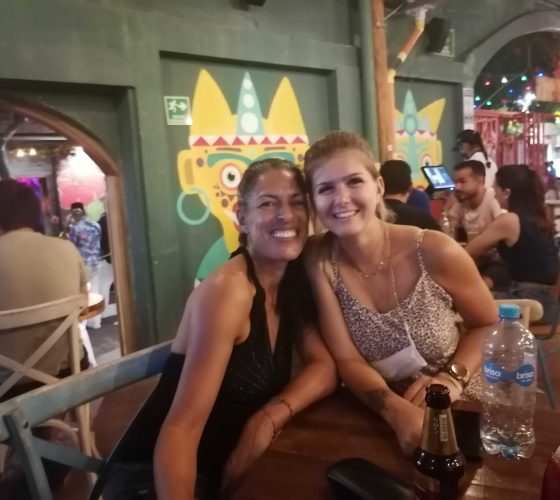
I find back Estelle, met last year in Mexico and with whom I had traveled 15 days. Article Merida Mexico, click here She had returned to France and is back in South America. Chance brought us at the same time to the town of Santa Marta. She tells me about the trek. I am excited. Here we go again. Brilliant !
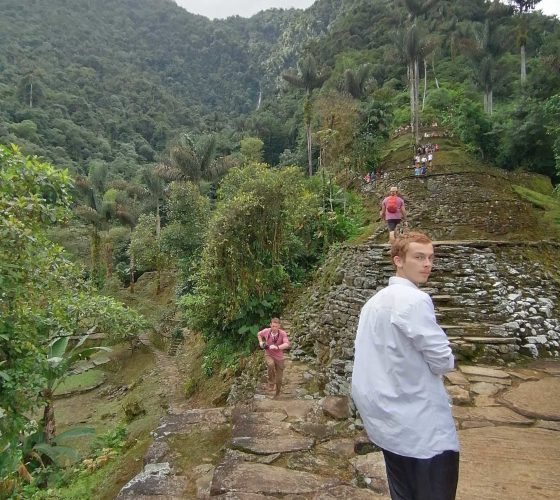
Here is Daniel, le plus jeune du groupe, âgé seulement de 18 ans. Il voyage seul en Amérique du Sud pour gagner en expérience de vie. Il travaille avec son père qui a bâti une société de formation en lignes il y a des années. Fort de son succès, le père et fils exploitent désormais le filon familial. Daniel se considère chanceux mais souhaite réaliser des choses par lui même. Surprenant ce jeune homme ! Il aime rappeler une citation de David Choe “Le confort tue la créativité”. C’est tellement vrai.
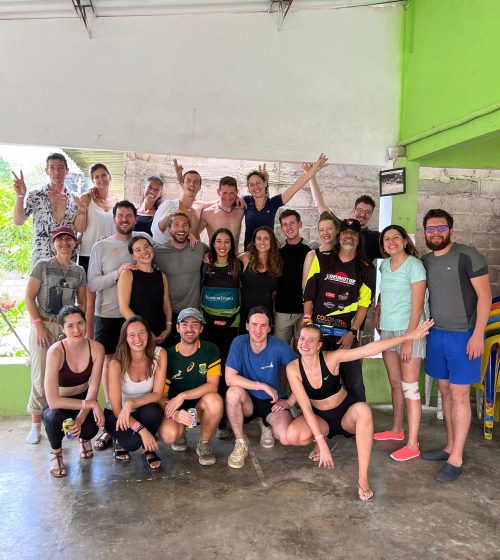
Assessment
A magical trek ! I was able to test my limits. Clearly, I still have it under my feet.
Fascinating experience that undeniably marked my life.
Thanks Colombia !
Next destination: Medellin – Colombie
The latest articles
Safari au cratère Ngorongoro – Tanzanie
Un safari au cratère Ngorongoro est un incontournable. Trésor naturel...
Lire l'articleMoshi- Capitale du Kilimanjaro
Située dans la partie nord de la Tanzanie, Moshi est...
Lire l'article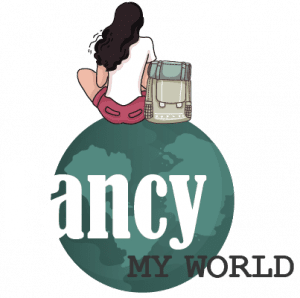
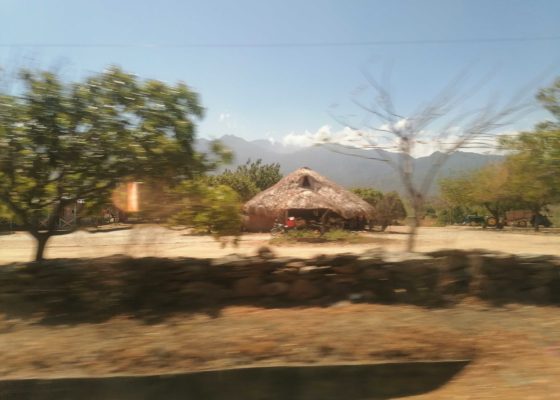
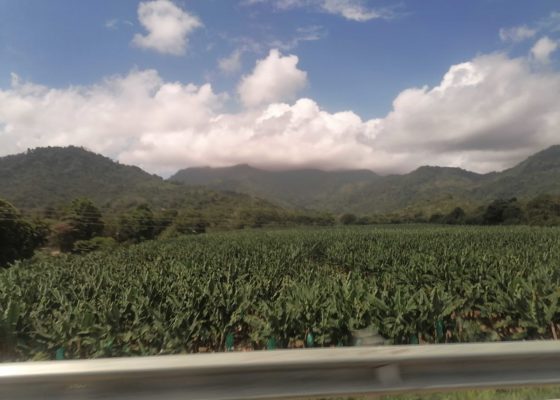
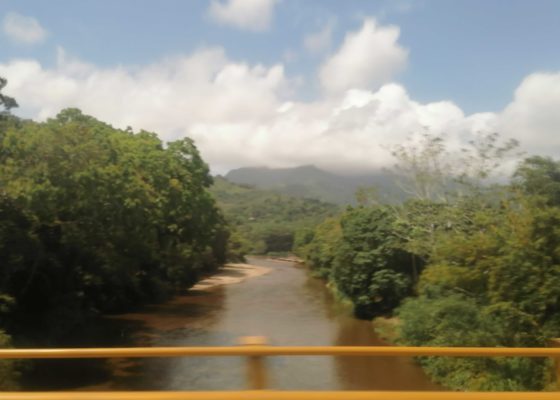
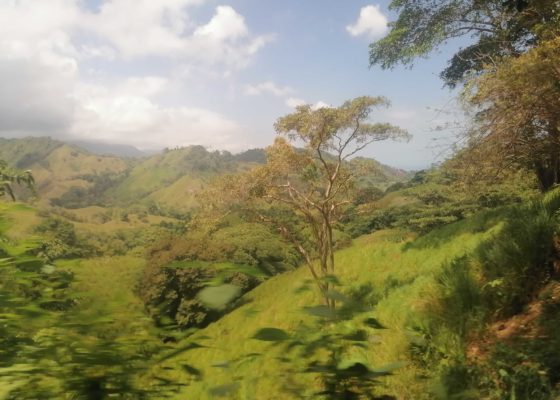
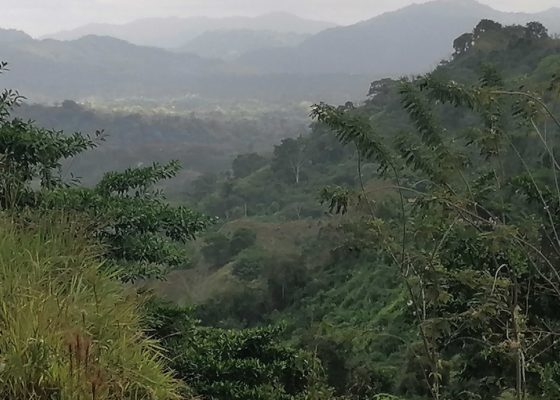
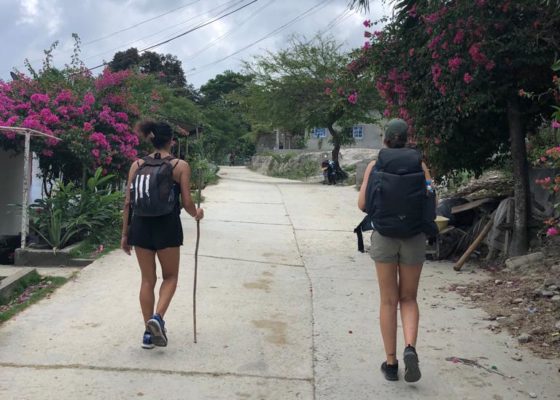
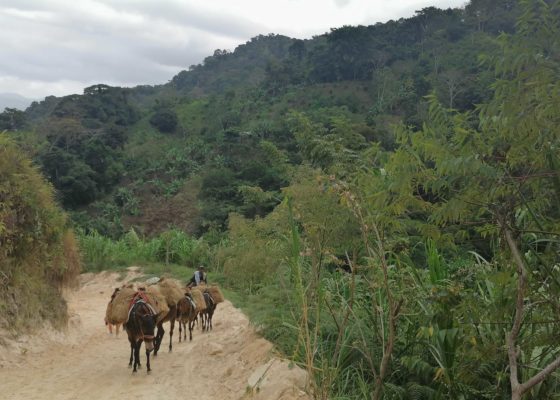
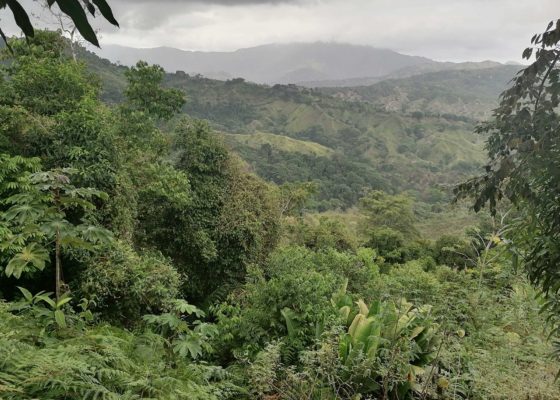
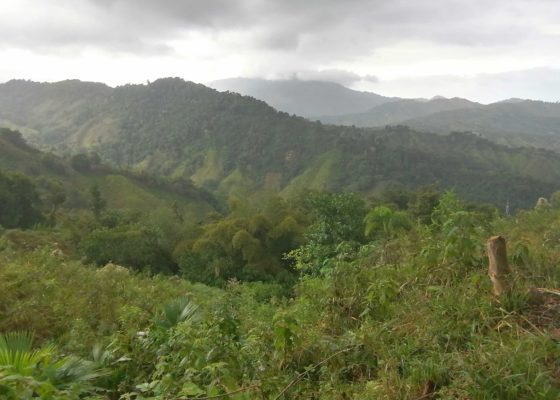
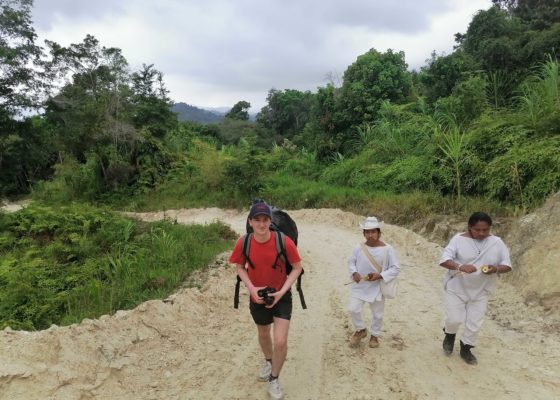
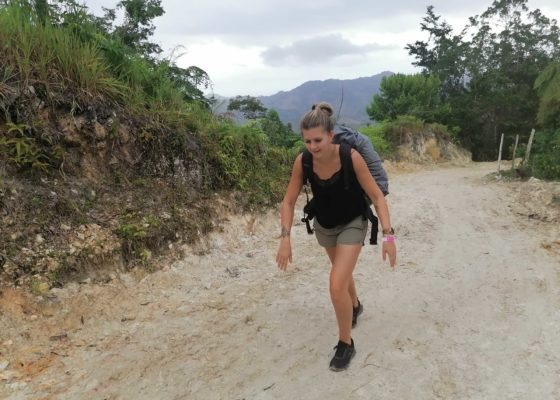
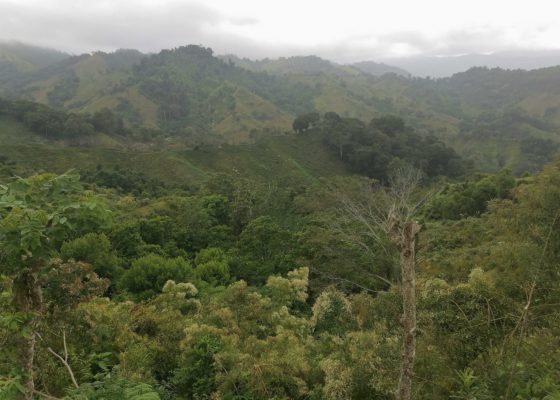
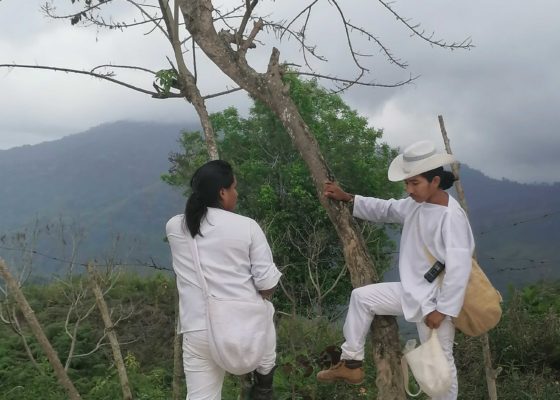

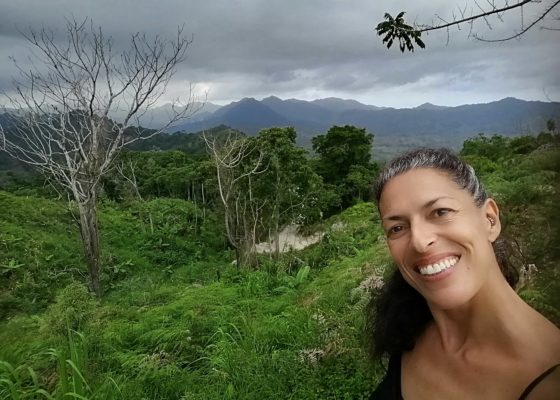
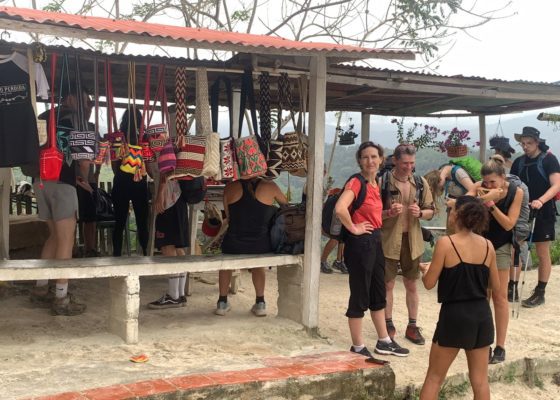
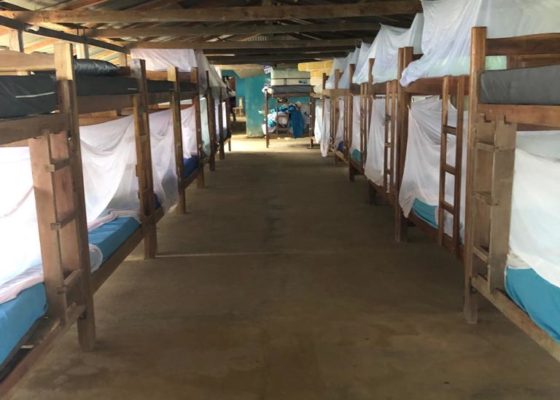
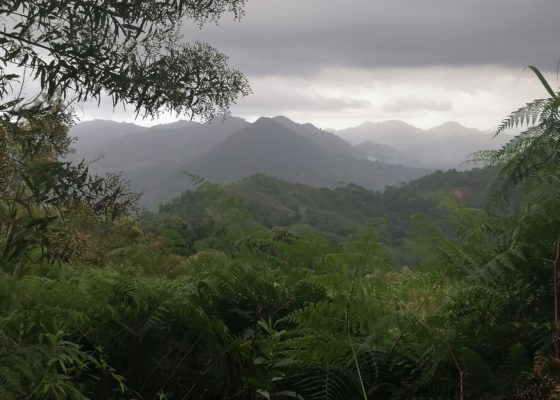
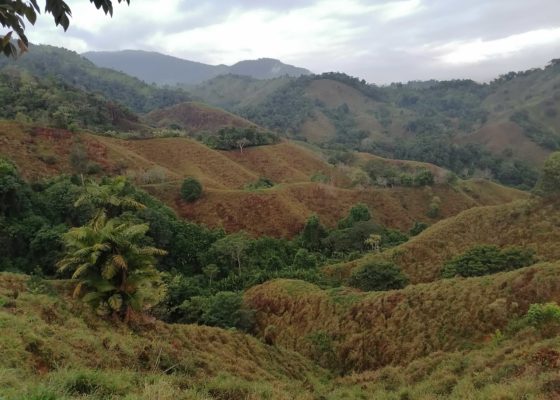
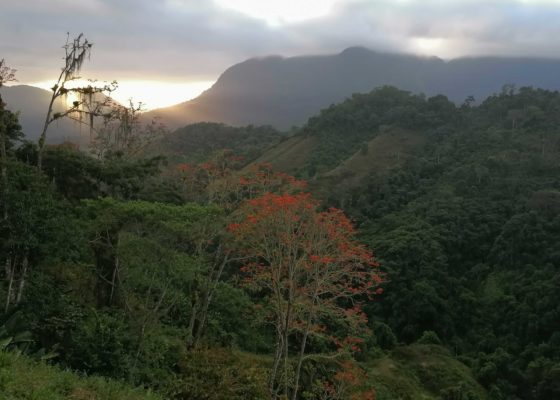
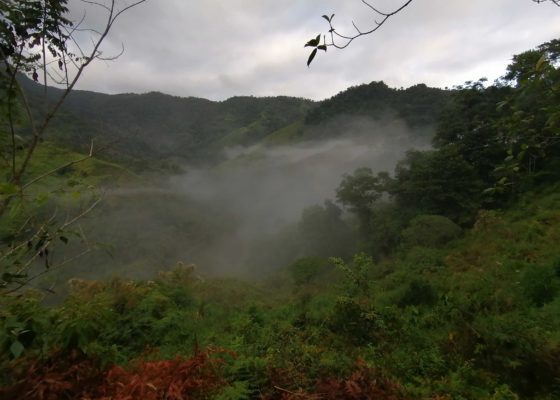
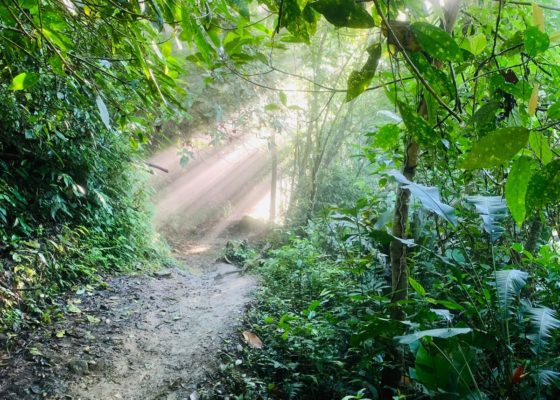

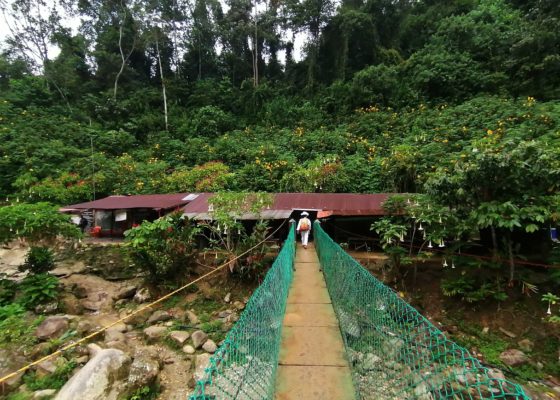
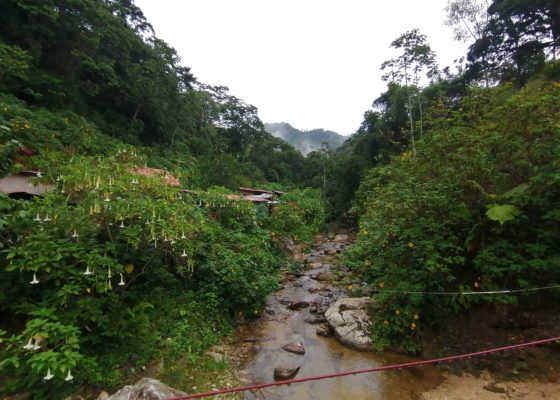
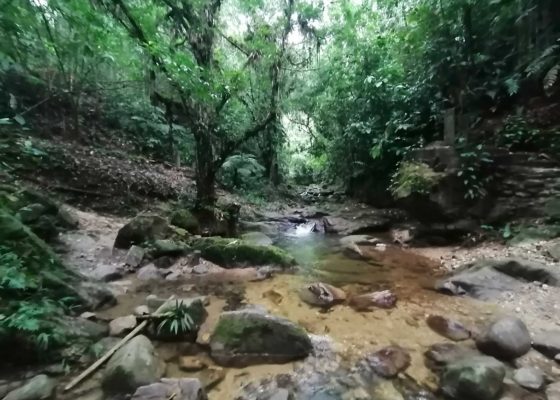

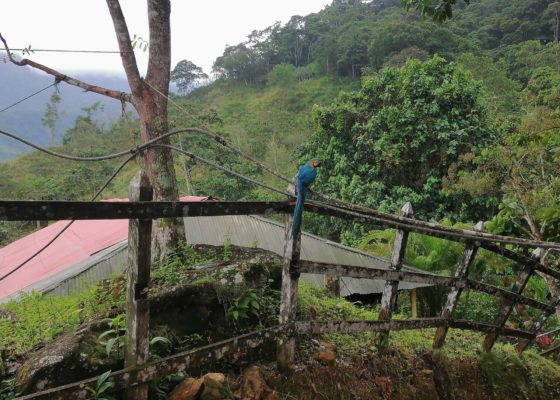
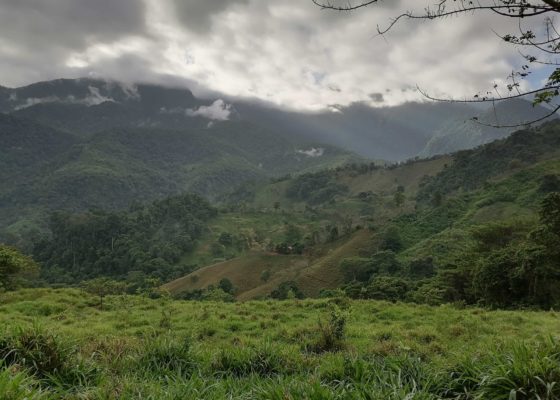
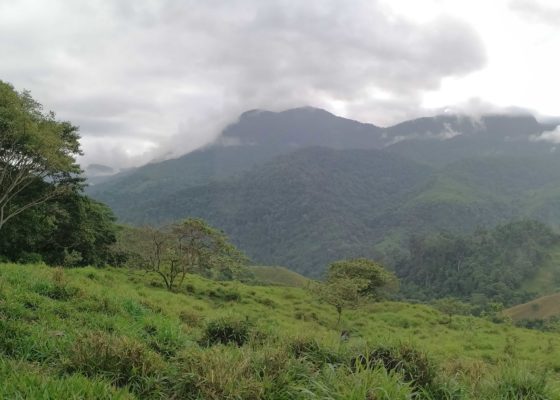

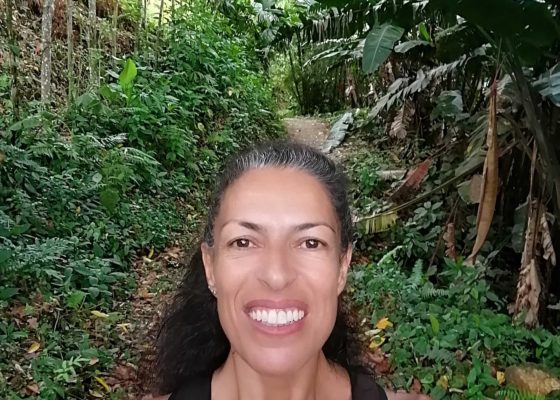
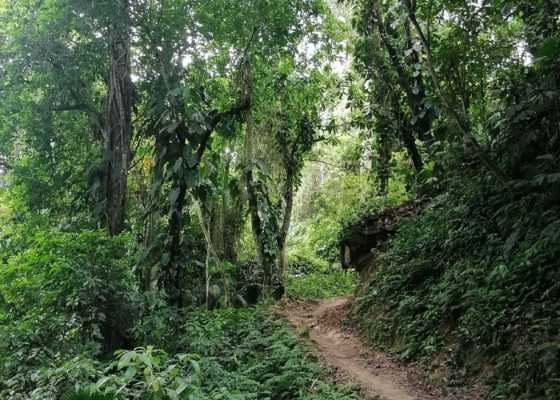
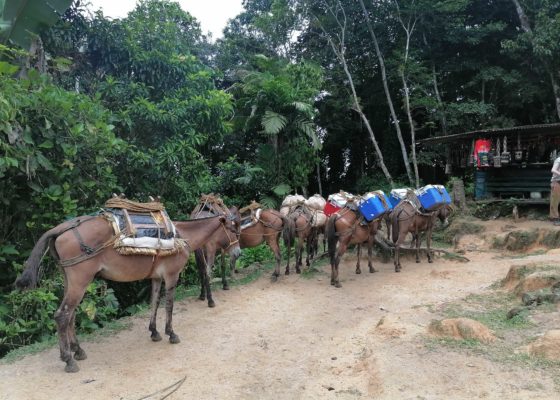
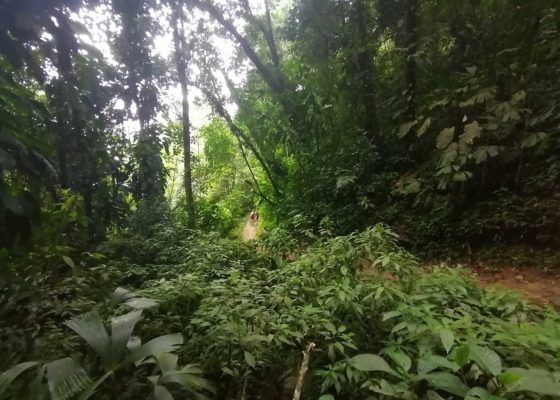
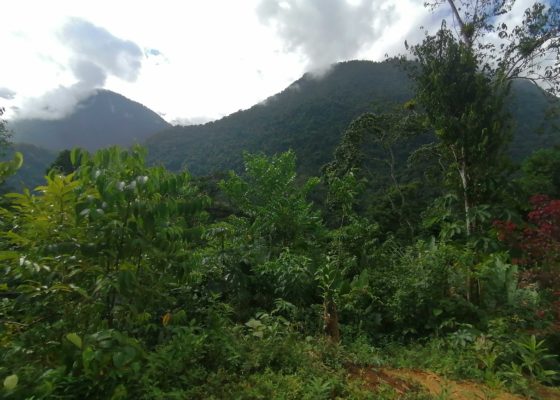
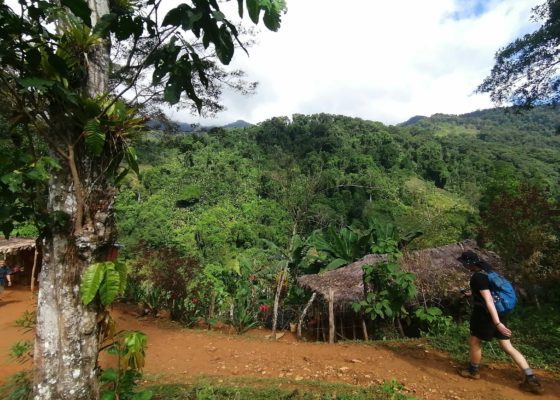
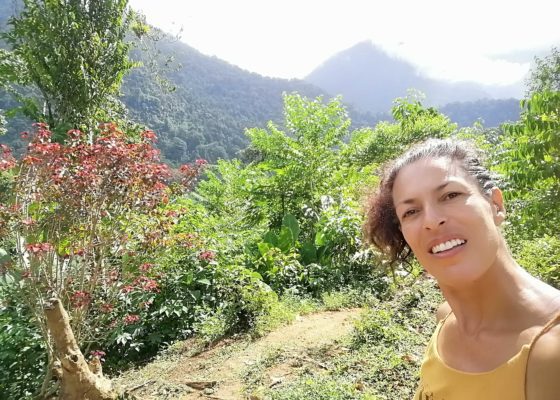
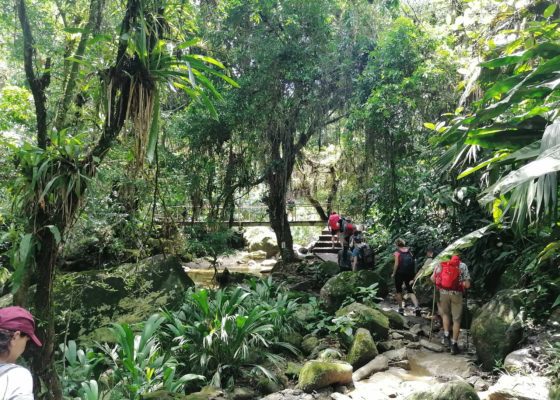
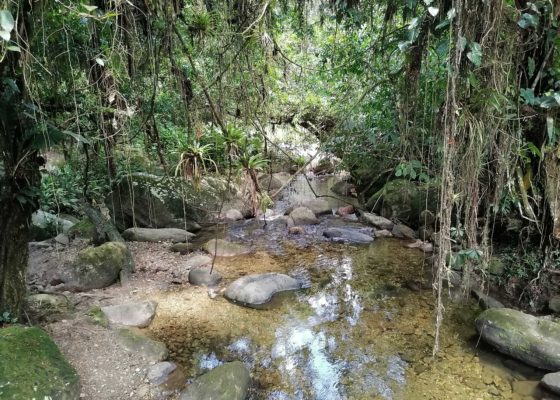
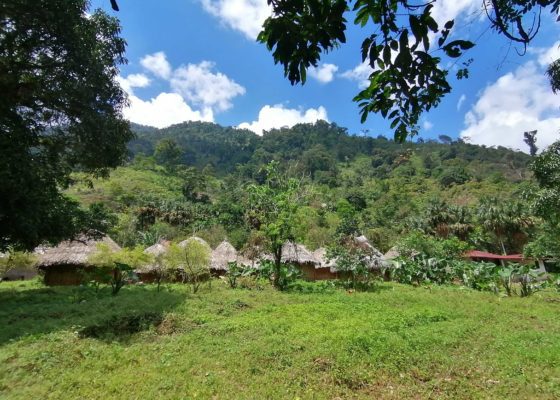
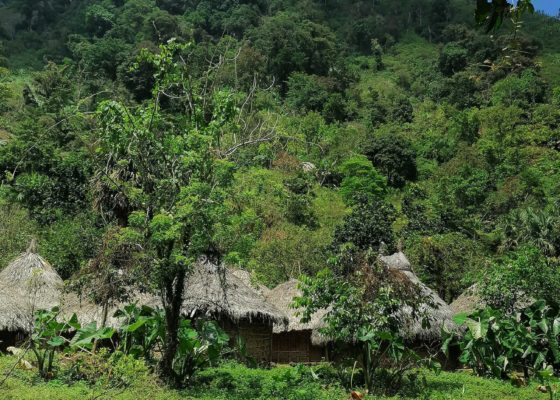

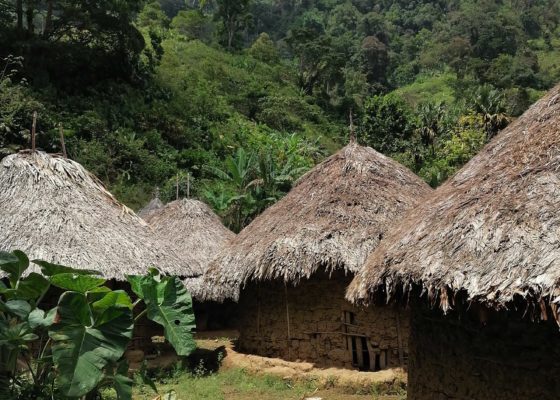
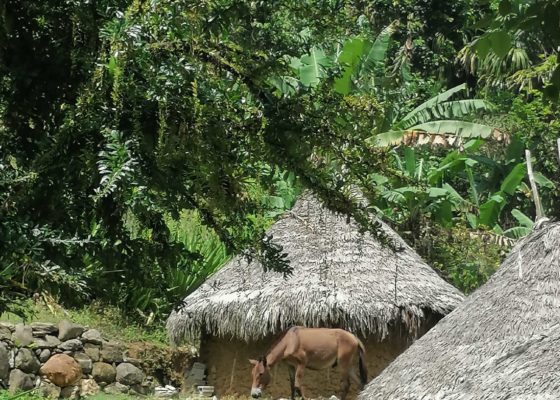
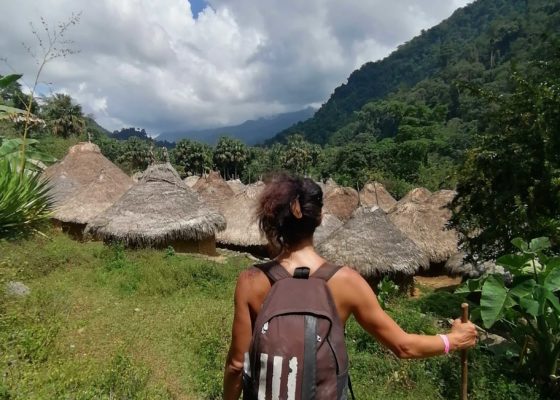
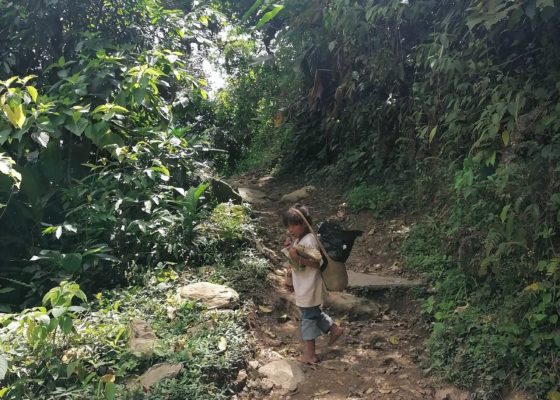
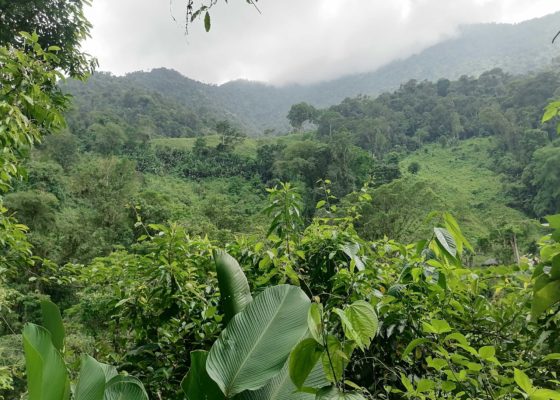
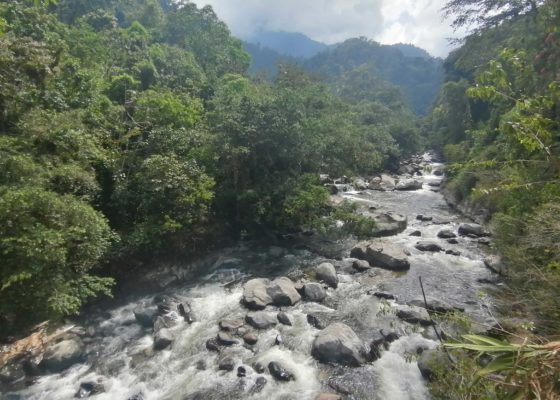
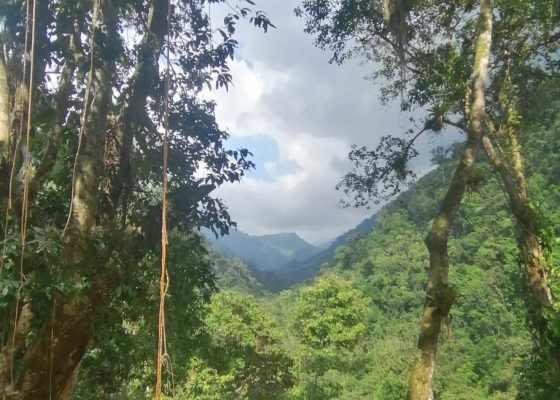
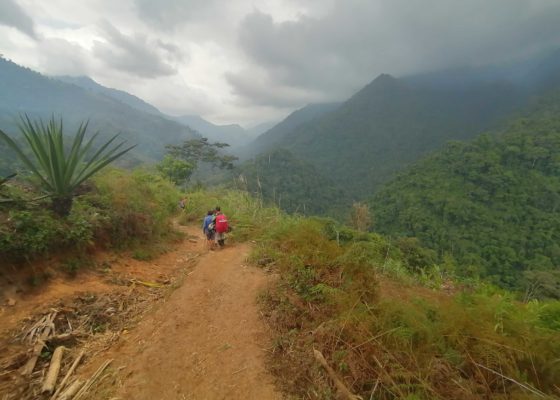

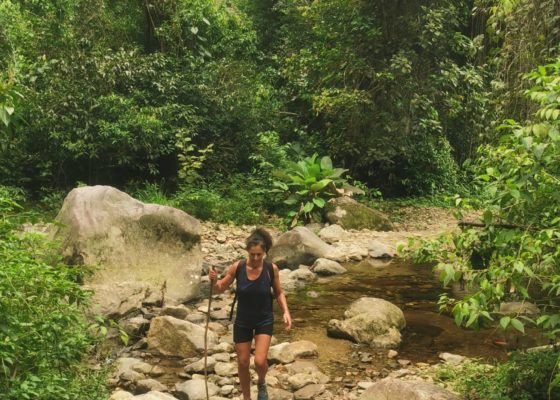
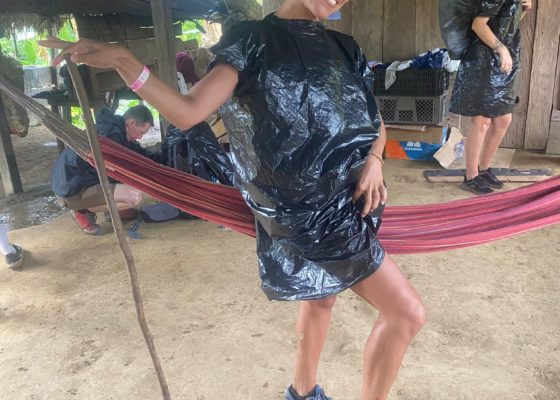
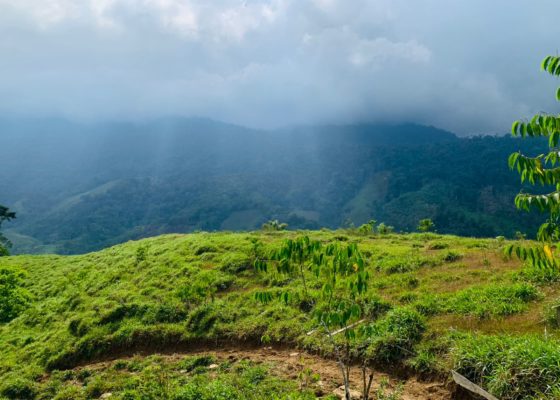
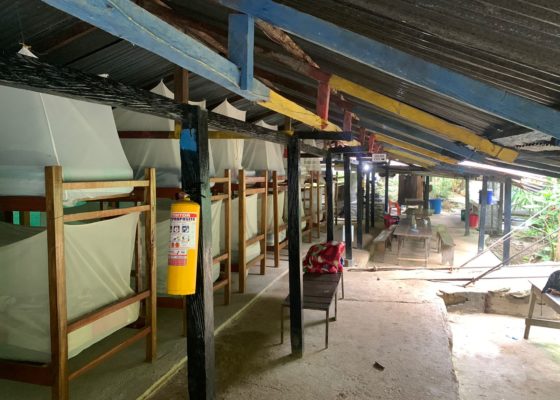
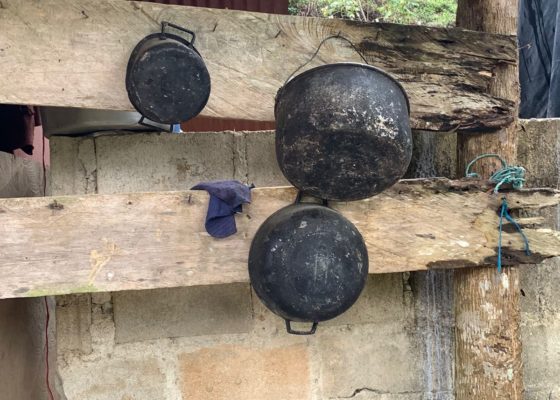
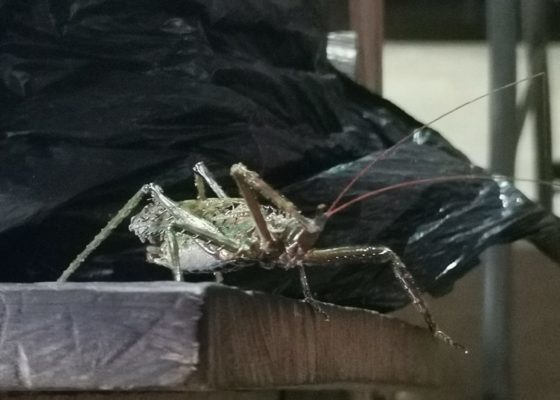
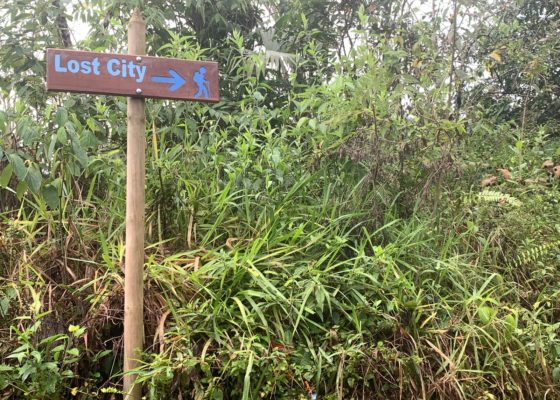
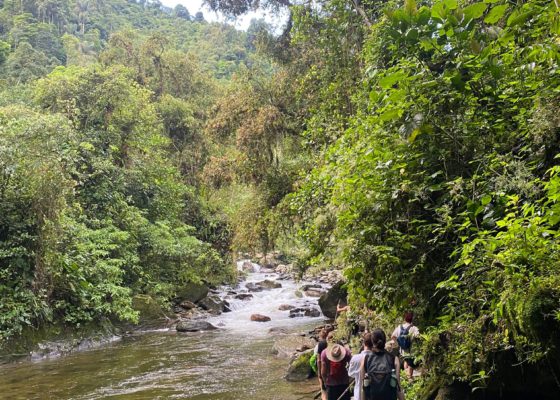
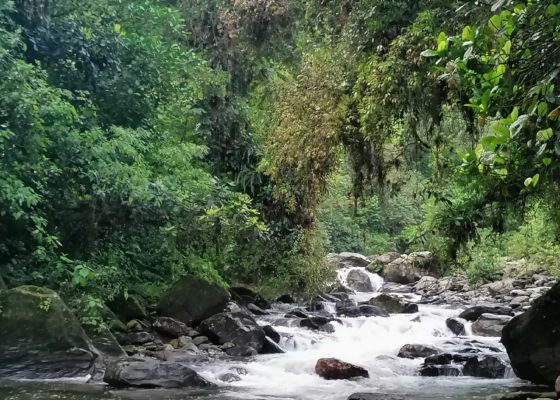
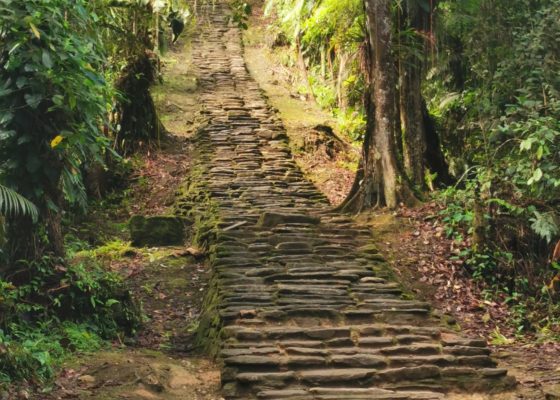
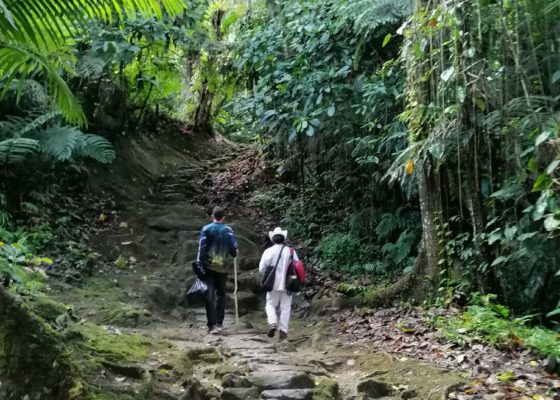
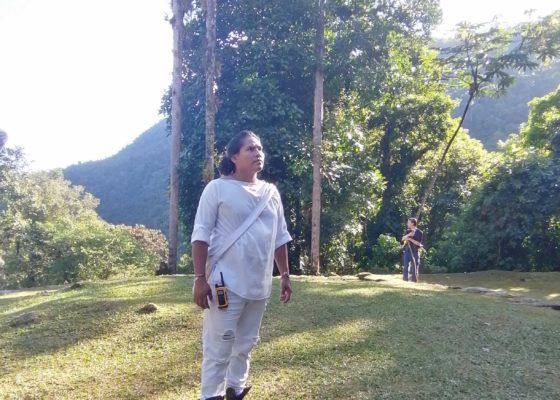
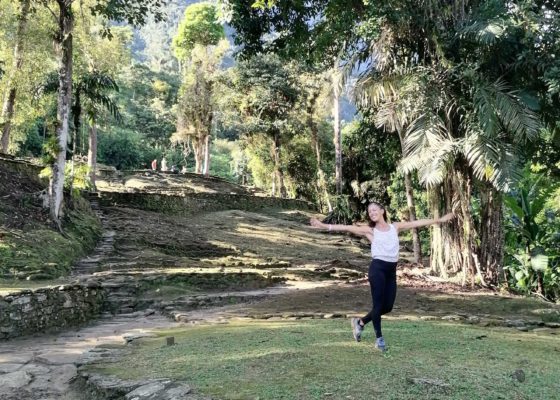
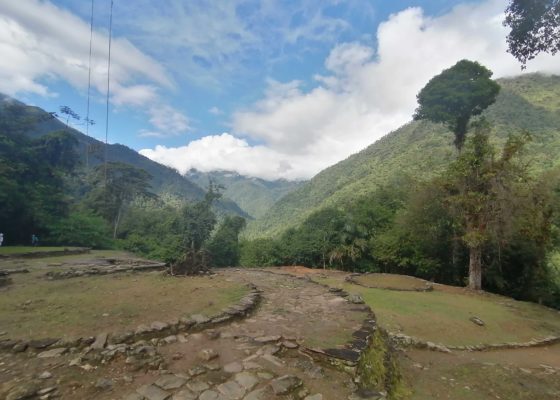
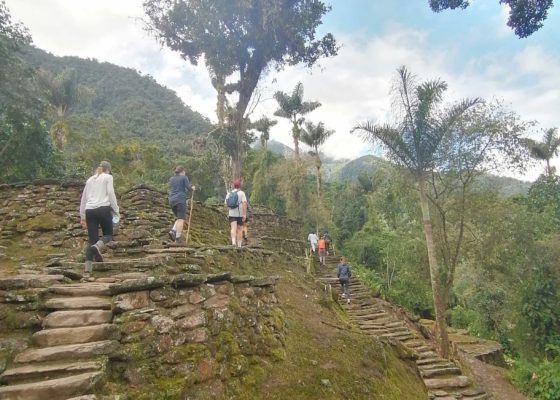
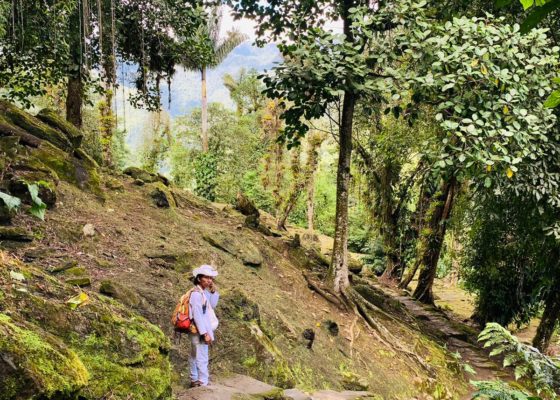
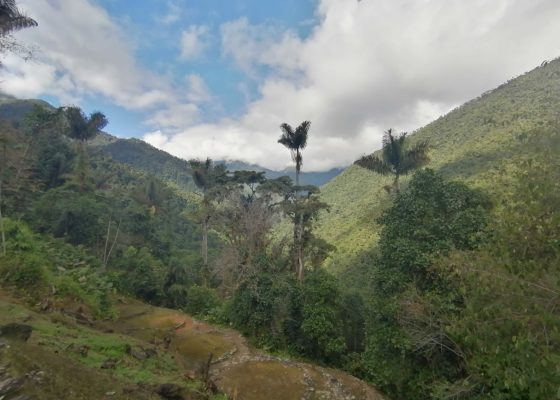
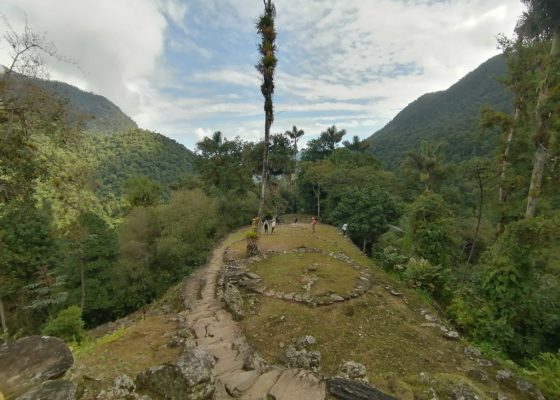
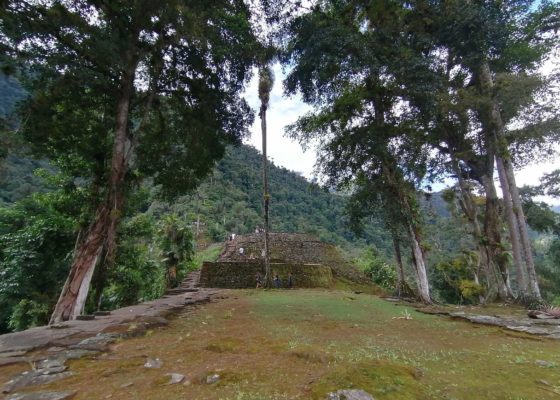

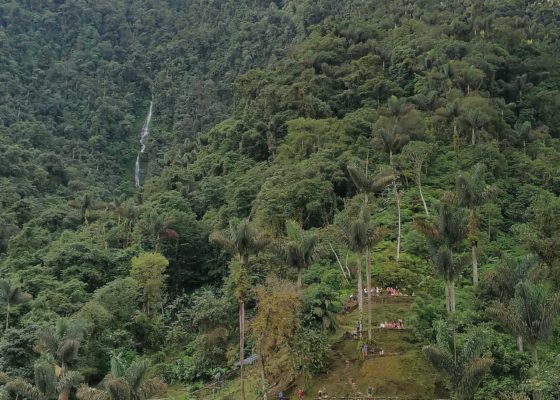
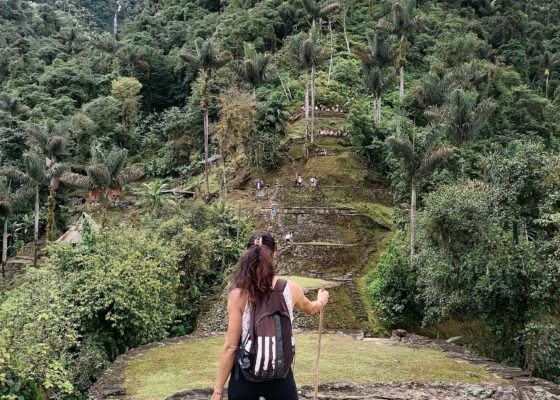
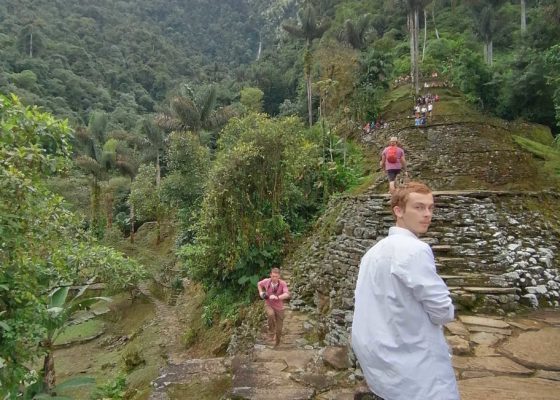
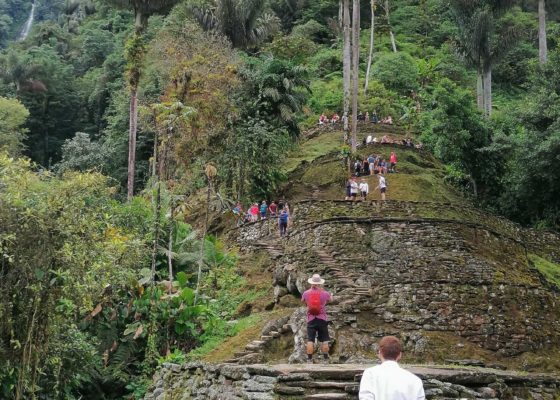
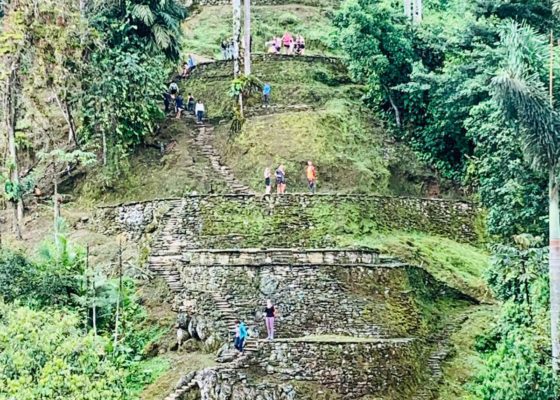
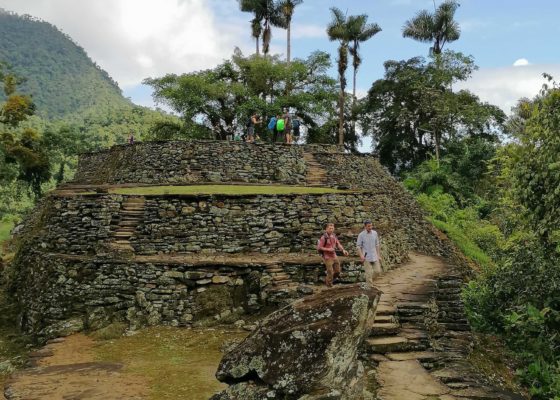
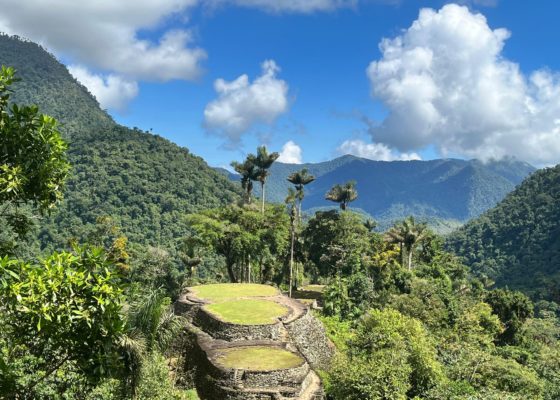
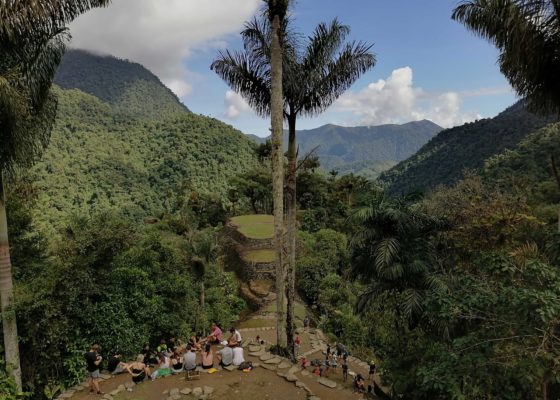
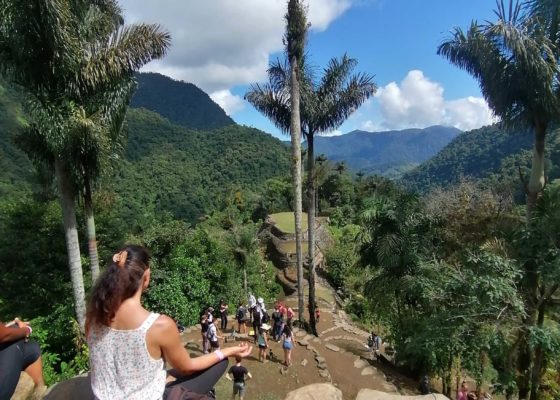
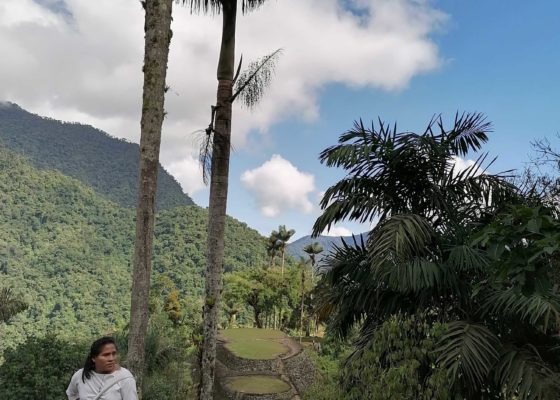

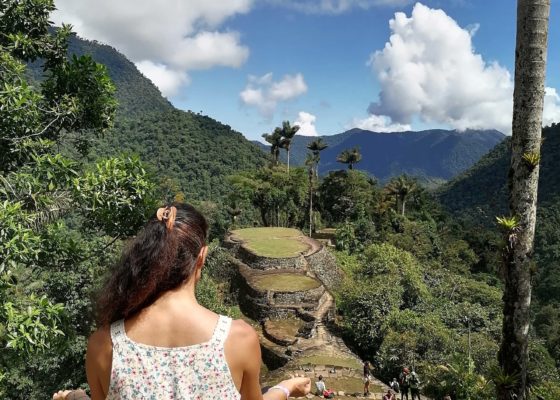
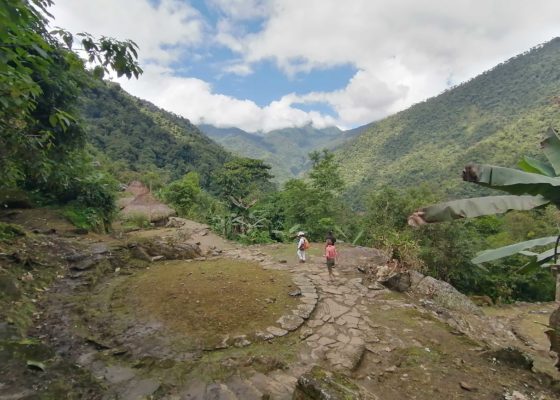
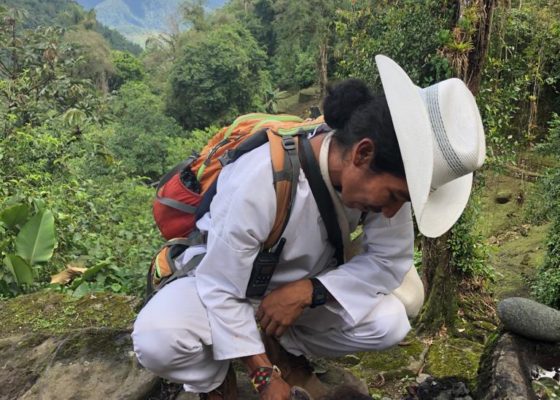
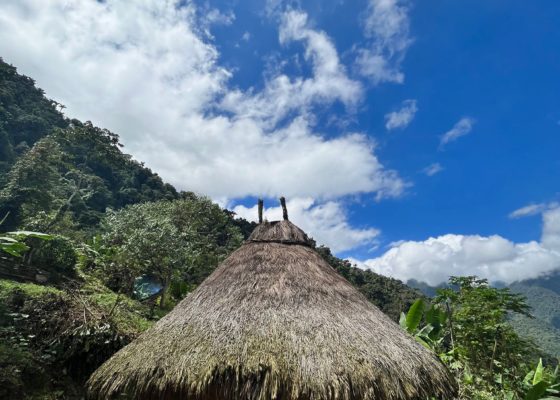
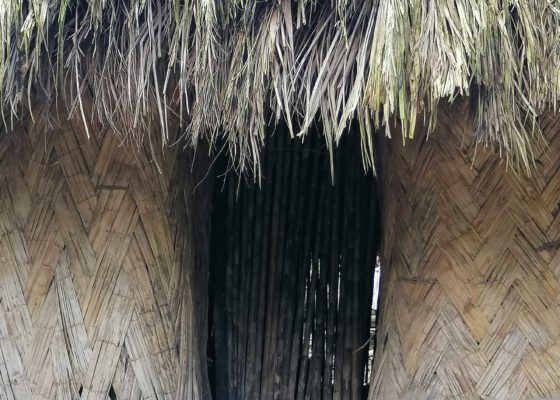
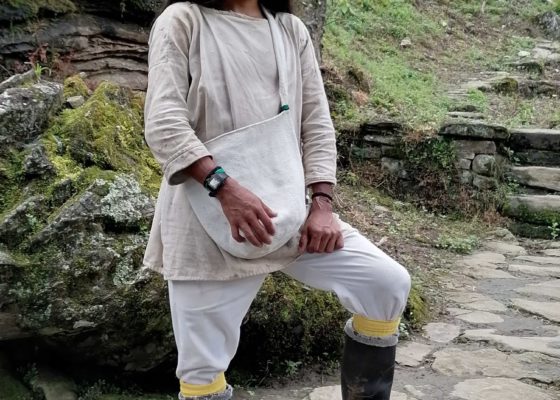
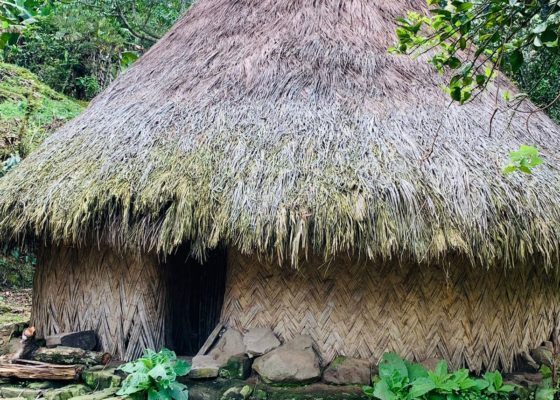
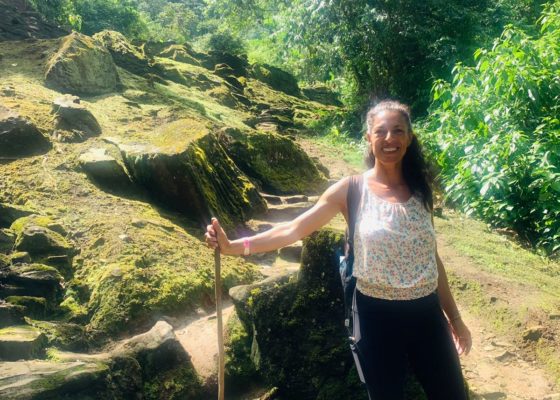
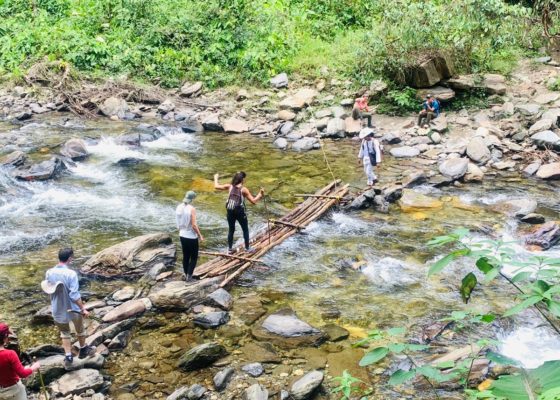

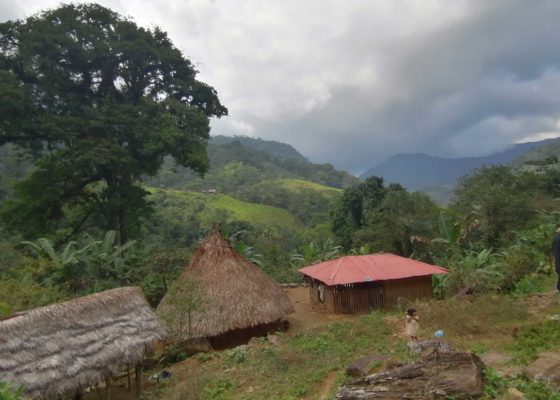


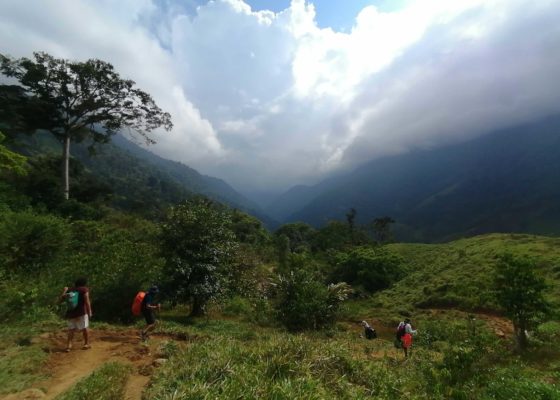
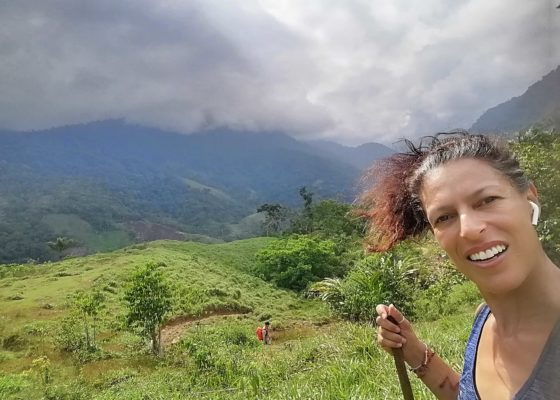
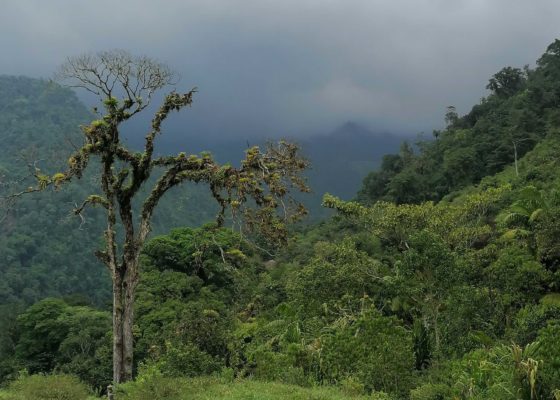
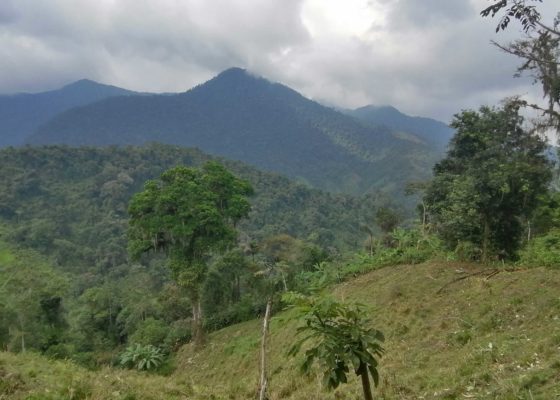
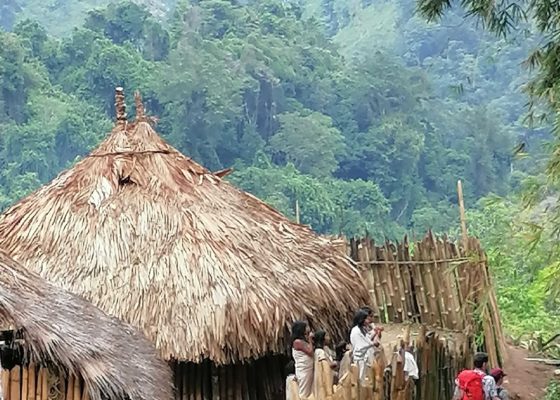
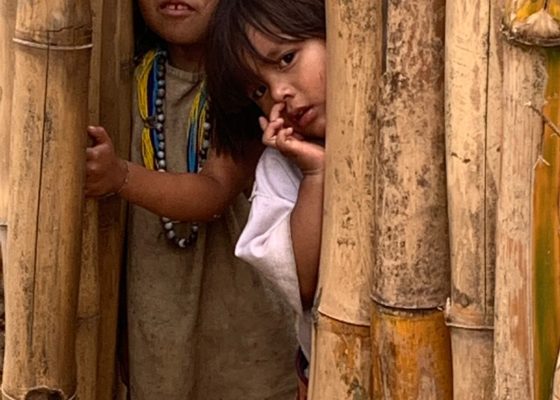
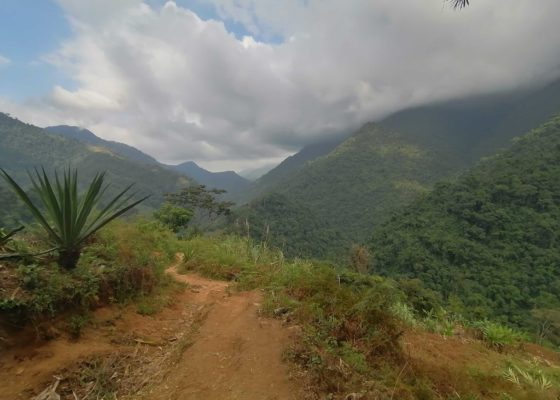

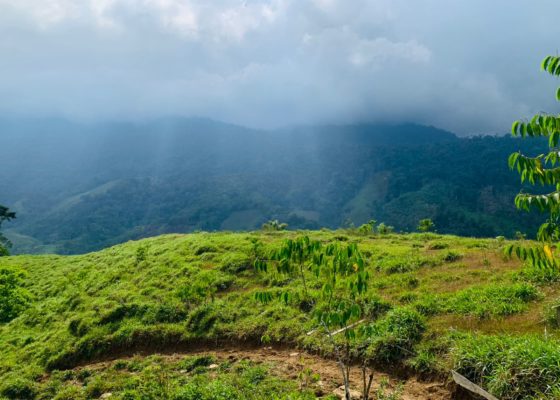

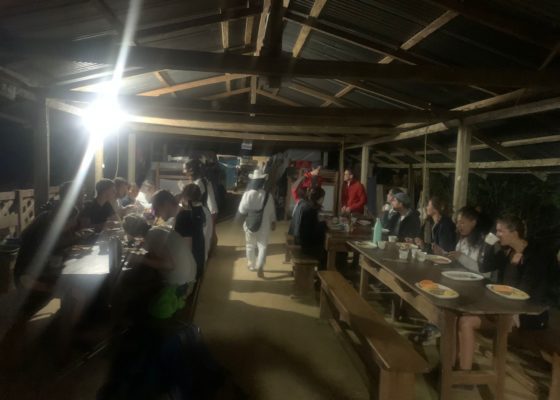
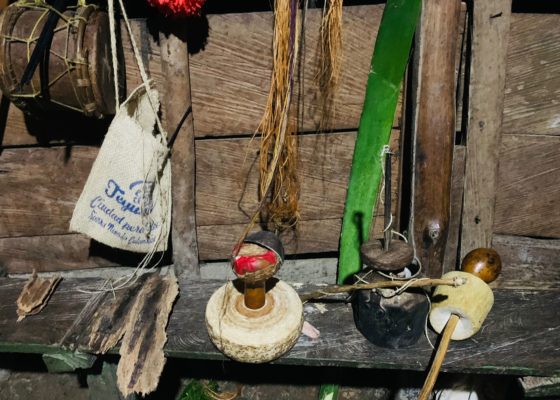
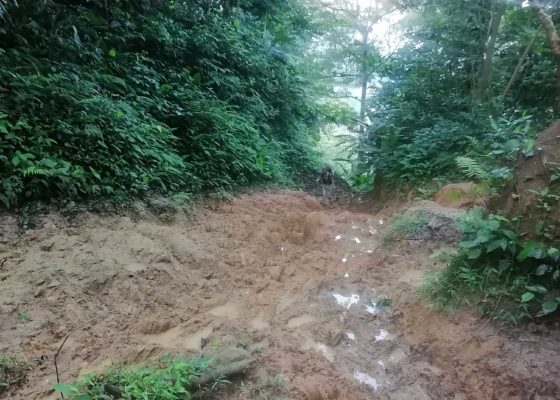
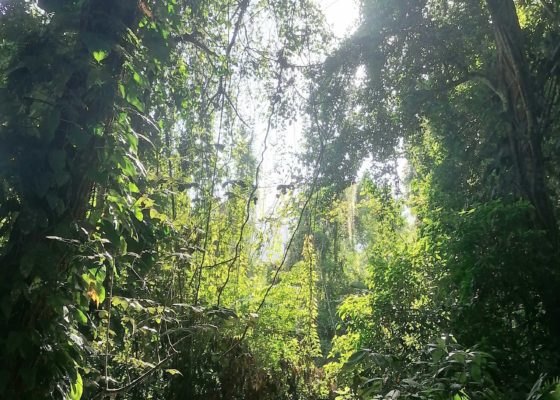
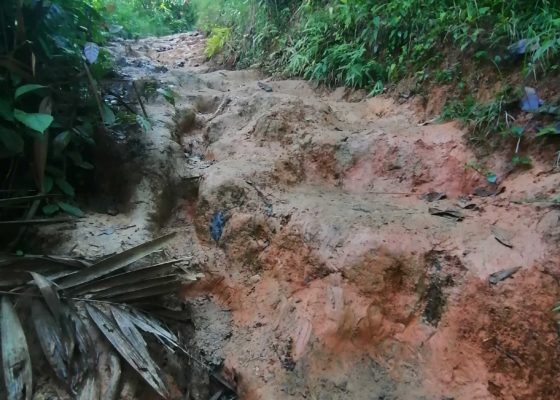
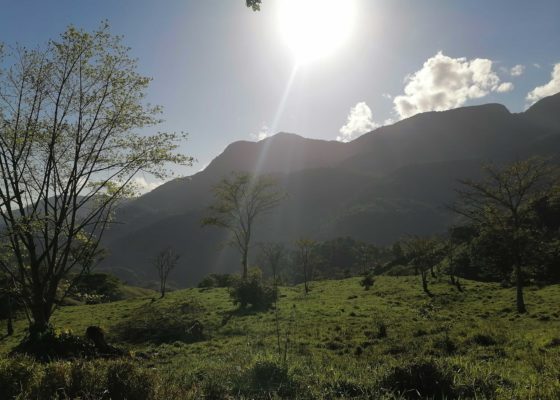
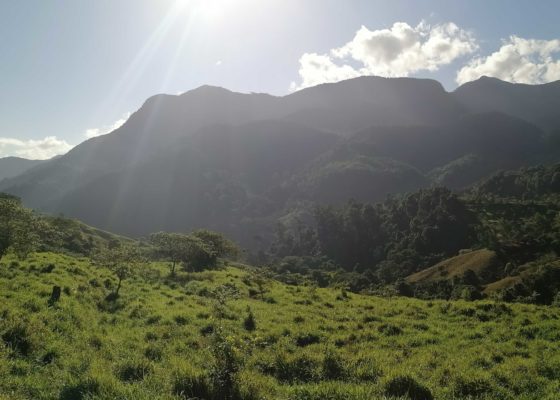
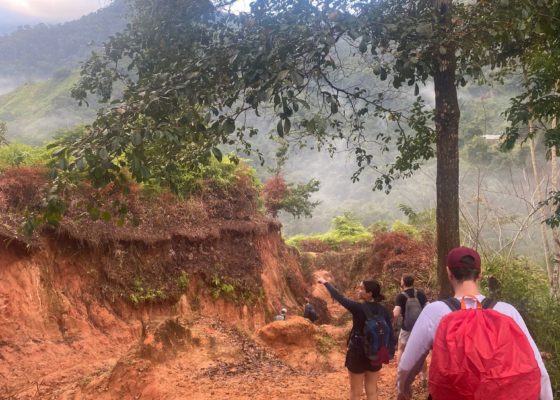

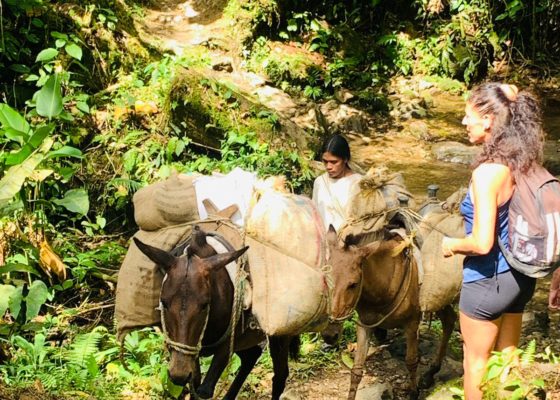

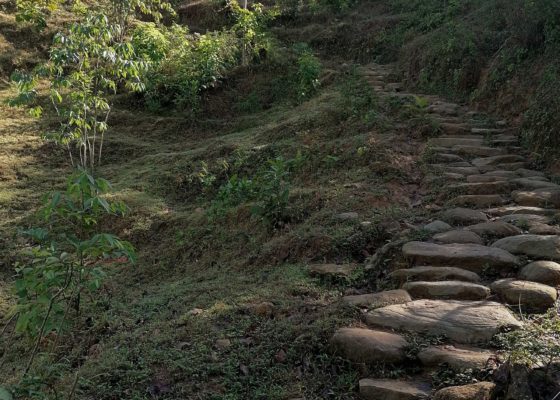
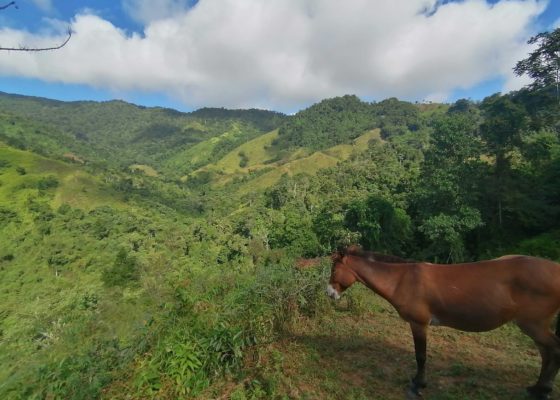

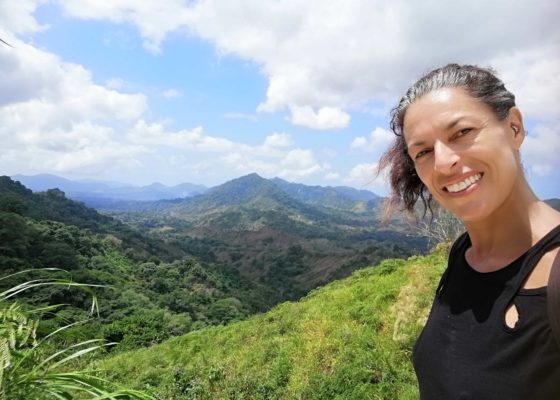
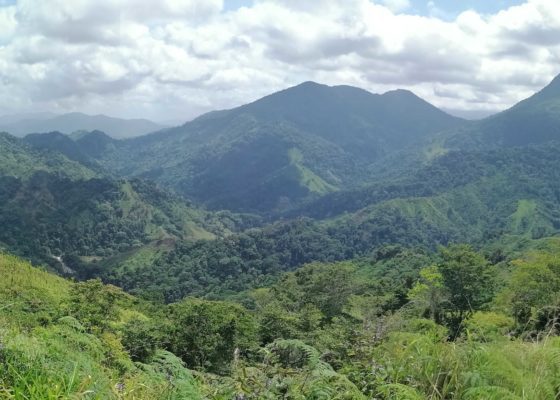
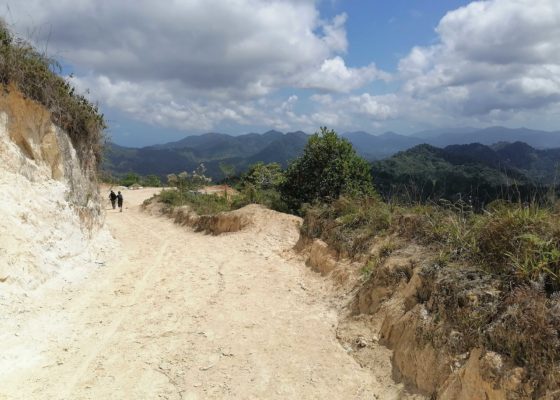
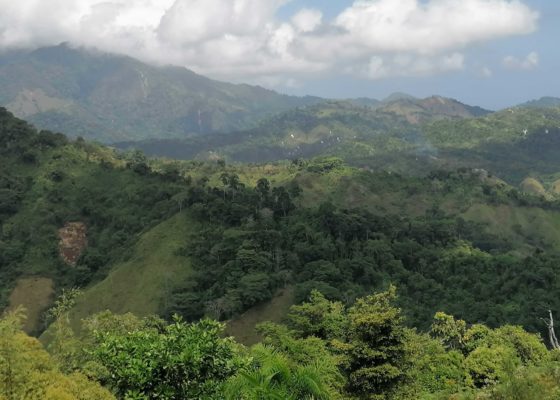
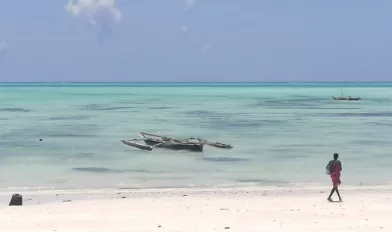
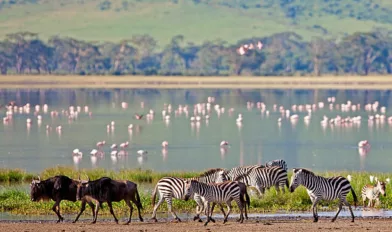
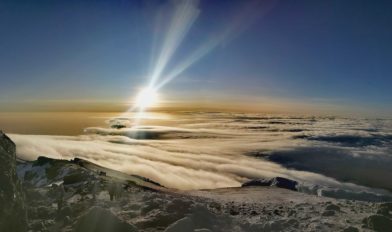
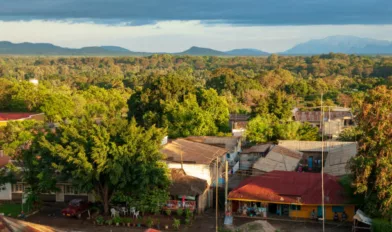
No Comments